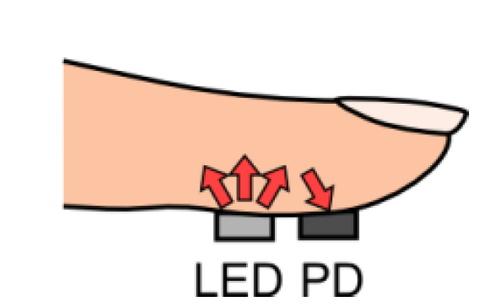BioSec.Lab PPG Dataset (Biosec1) - Benchmark Dataset for PPG Biometrics
Photoplethysmograph (PPG) based Biometric Recognition

|  |
BioSec.Lab PPG Dataset (Biosec1)
The BioSec.Lab PPG dataset (Biosec1) was created for research on Photoplethysmograph (PPG) based biometrics recognition at University of Toronto.
This dataset includes signals recorded in four different conditions to evaluate permanence, robustness and uniqueness of PPG signal as a biometric identity. Dataset contains signals in following settings:
- Relax condition: 3 minutes long PPG signal recorded from 86 subjects.
- After Exercise: 3 minutes long PPG signal recorded from 40 subjects after heavy exercise.
- Short time-lapse: 3 minutes each PPG signal recorded in two parts at least 30 minutes apart on same day from 55 subjects.
- Long time-lapse: 3 minutes each PPG signals recorded in two parts at least 2 weeks apart from 37 subjects.
In addition, we also have,
- Fingertip video from mobile camera: 1 minutes long video recording with fingertip on camera lens from 36 subjects.
How to use
This dataset is available for research purposes. More details on recording conditions and device are provided on the dataset description page. Dataset is arranged in .mat files for all settings.
To access files, contact Prof. Hatzinakos or Dae Yon Hwang. Dataset would be provided after authorizations and End User License Agreement.
Publication
Evaluation on this dataset was done using several different methods in verification mode in following paper:
- U. Yadav, S.N.Abbas, D. Hatzinakos, "Evaluation of PPG Biometrics for Authentication in different states" The 11th IAPR International Conference on Biometrics (ICB), Goldcoast, Australia, Feb 2018. (
 Preprint )
Preprint )
Credits
We'd like to thank all participants of this study. We'd also like to thank NSERC and Mitacs for their support.

